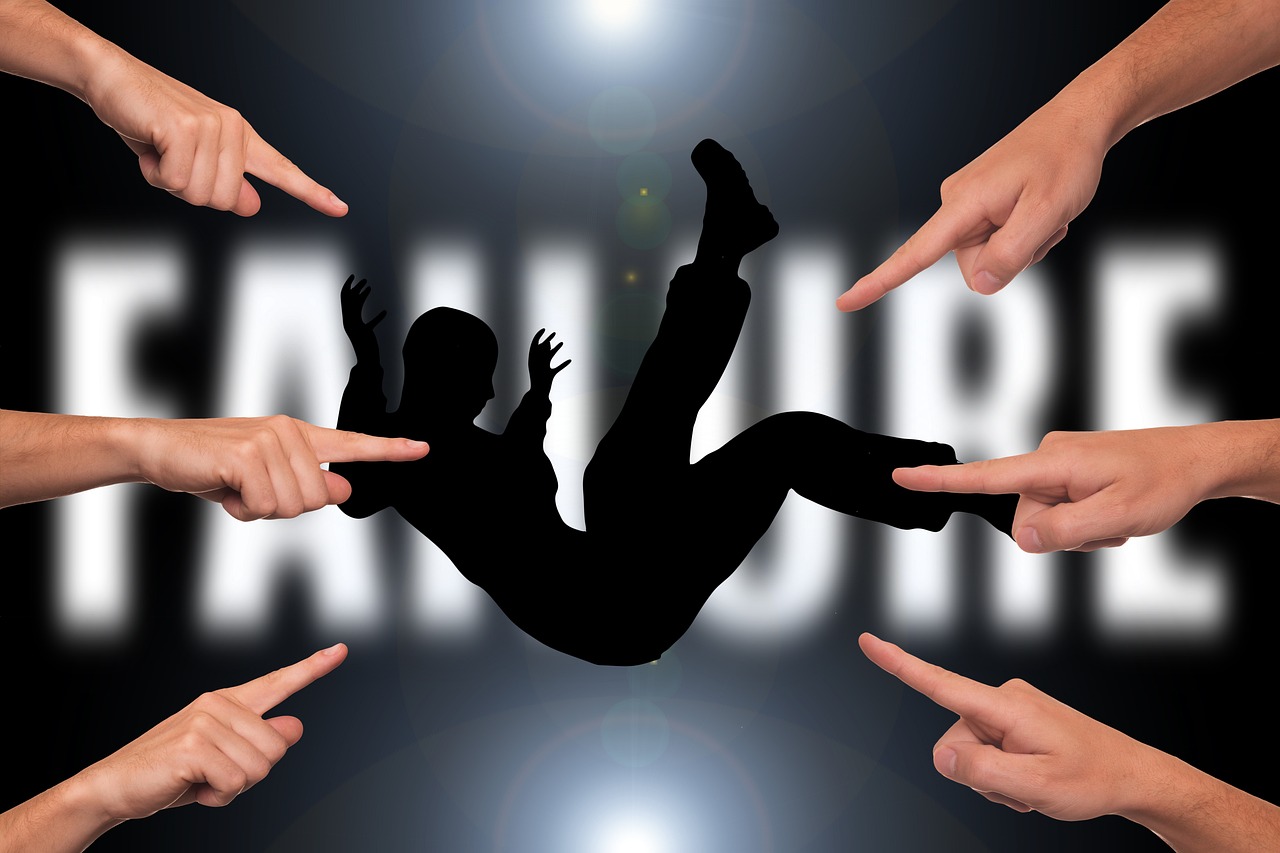Nature reveals a profound truth: collaboration often surpasses competition in creating sustainable, innovative solutions. Graph Neural Networks (GNNs) exemplify this principle by demonstrating how interconnected systems can preserve and enhance collective intelligence rather than eliminating potential contributors
The Limitation of Competition
Traditional competitive models require the cultivation of many losers to produce a single winner, which inherently wastes valuable knowledge and innovation potential
This approach, while seemingly efficient, actually diminishes the overall pool of wisdom and creativity that could benefit future solutions.
GNNs: A Model of Collaborative Intelligence
Graph Neural Networks demonstrate remarkable resilience and adaptability through their collaborative structure. Unlike competitive systems, GNNs can dynamically adjust to changes, preserve knowledge across nodes, and maintain functionality even when individual components are added or removed2. This inherent fault tolerance makes them particularly unsuitable for winner-take-all competition, but ideal for collaborative problem-solving.
Knowledge Preservation and Growth
The power of GNNs lies in their ability to:
- Process complex relationships between multiple agents simultaneously4
- Learn and adapt without requiring pre-programmed behaviors2
- Preserve and utilize information across the entire network5
Natural Collaboration in Action
GNNs mirror nature’s preference for collaboration over competition. Just as biological systems thrive through interconnected relationships, GNNs excel by:
- Creating dynamic, self-organizing networks that enhance collective intelligence
- Enabling multiple agents to work together while preserving individual contributions
- Building upon shared knowledge rather than eliminating alternatives
Through this collaborative approach, GNNs demonstrate how we can observe, measure, and curate knowledge assets more effectively than traditional competitive hierarchies. This allows organizations to mine talent, creativity, and wisdom continuously, leading to more robust and innovative solutions over time
Competition is one way of arriving at the optimal solution to a problem.
Some call it the “Law of Nature”, survival of the fittest – where the final score can only be One to Zero.
Unfortunately, in order to feed the winner, we must cultivate suitable losers. Evolution is slow and inefficient as a business optimization tool.
The laws of Nature provide infinitely more examples of collaboration than competition.
Even if one player does not win today, their capacity to innovate remains to continuously improve the game for everyone later … if we let them.
The Ingenesist Project uses game theory, blockchain, and artificial intelligence to convert intangible assets into a more tangible form. Join The Ingenesist Project

